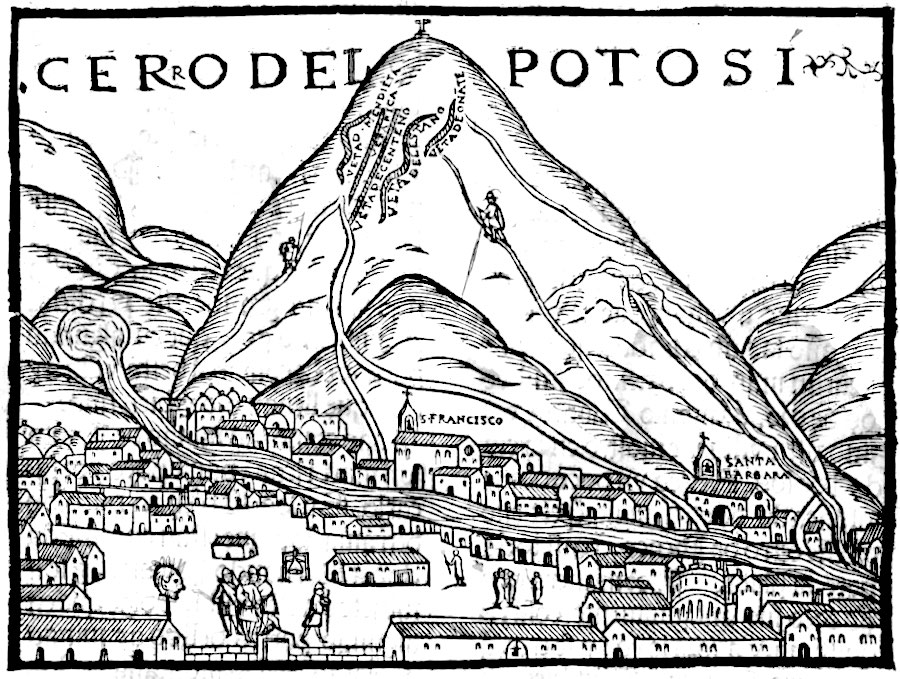Today, we’d like to bring you a work by Xabier Lamikiz, professor at the Department of Public Policy and Economic History at the University of the Basque Country (UPV/EHU), which was published in 2017 in the Oxford Research Encyclopedia of Latin American History and which offers us a magnificent overview of the presence of the Basques in the colonial New World, helping us to understand the role they played, the reasons why they were there, and how they organized themselves.
Over the years, we’ve written a lot about the exploits of the Basques in the Americas, which started when Columbus arrived in the “New World” and extends to this day. One could even go further, as the supposition would not be outlandish, that Basque whalers and fishermen made it to the eastern coast of modern-day Canada even before 1492.
In our texts, we’ve spoken about how the Basques, upon their arrival in the New World, started recognizing themselves as members of the same nationality, the Basque one, and started organizing themselves to defend their interests and provide mutual aid. The best example of this is the network of guilds and brotherhoods that were created in the Americas under the patronage of Our Lady of Arantzazu. Thanks to its importance, longevity, and ability to survive, we’ve paid special attention to the Brotherhood of Our Lady of Aranzazu of Lima. But we’ve also spoken about these organizations of Basques in Potosí and Mexico.
We’ve also covered the importance of the hidalguía of the Basques (“universal” in many areas of the country) when it comes time to explain, and understand, the weight, influence, and development of such a small national community abroad. As we’ve stated at times, the Basques were able to unite their noble titles, which gave them rights (at a time when rights were reserved for the privileged few), to their hardworking nature. Thus, and we’re simplifying (but not much), they were “nobles who worked”, and that was a quality that gave them an amazing ability to develop, as individuals and as a community.
It’s true that the Basques emigrated because their land was poor, and that did not afford them the economic development they wanted to have. But they also emigrated because they were a people of traders, sailors, and civil servants. That is to say, a people that was used to traveling the world. This experience allowed them to take a leading role as traders and administrators in the new lands the Crown of Castile conquered on the other side of the Atlantic. Similarly, they also had a leading role in mining, as Xabier Lamikiz tells us, thanks to their history as traders.
We’ve spoken about all these things and many more over the years. But these ideas were spread out over multiple articles. That’s why the well-researched academic work carried out by Lamikiz seemed to us to need a special place on our blog. It’s a kind of “reference point”, giving us a general overview of this fundamental part of the history of the Basques.
While it is true that it is mostly focused on those from south of the Pyrenees, it does cover those from the north as well. This is mostly, but not entirely, due to the fact that the southerners were the largest Basque population in the New World in the period in question (1450-1824). During those years, Basques from north of the Pyrenees had a much smaller role in the Americas overall, and when they crossed the Atlantic, it was mostly to North America. This situation changed radically when the French Republic and the Jacobin highly-centralized state was born: this pushed thousands and thousands of northern Basques to emigrate to the other side of the Atlantic. But that was in the 19th century, and they ended up in the newly-born republics to the south, or also in the North.
This part of the history of the Basques in the Americas, and their role in the birth and development of these new nations, were just waiting for a document like this, to give us a great, easy-to-read overview of this fundamental part of the history of the Basques.
The original article can be found on the Academia website.
In the header image, an engraving of the Cerro de Potosí, in colonial times, in the Viceroyalty of Peru and now in modern-day Bolivia; one of the place where the Basques had great power and influence, and where the war between the Basques and the vicuñas took place.
Last Updated on Sep 29, 2024 by About Basque Country





























